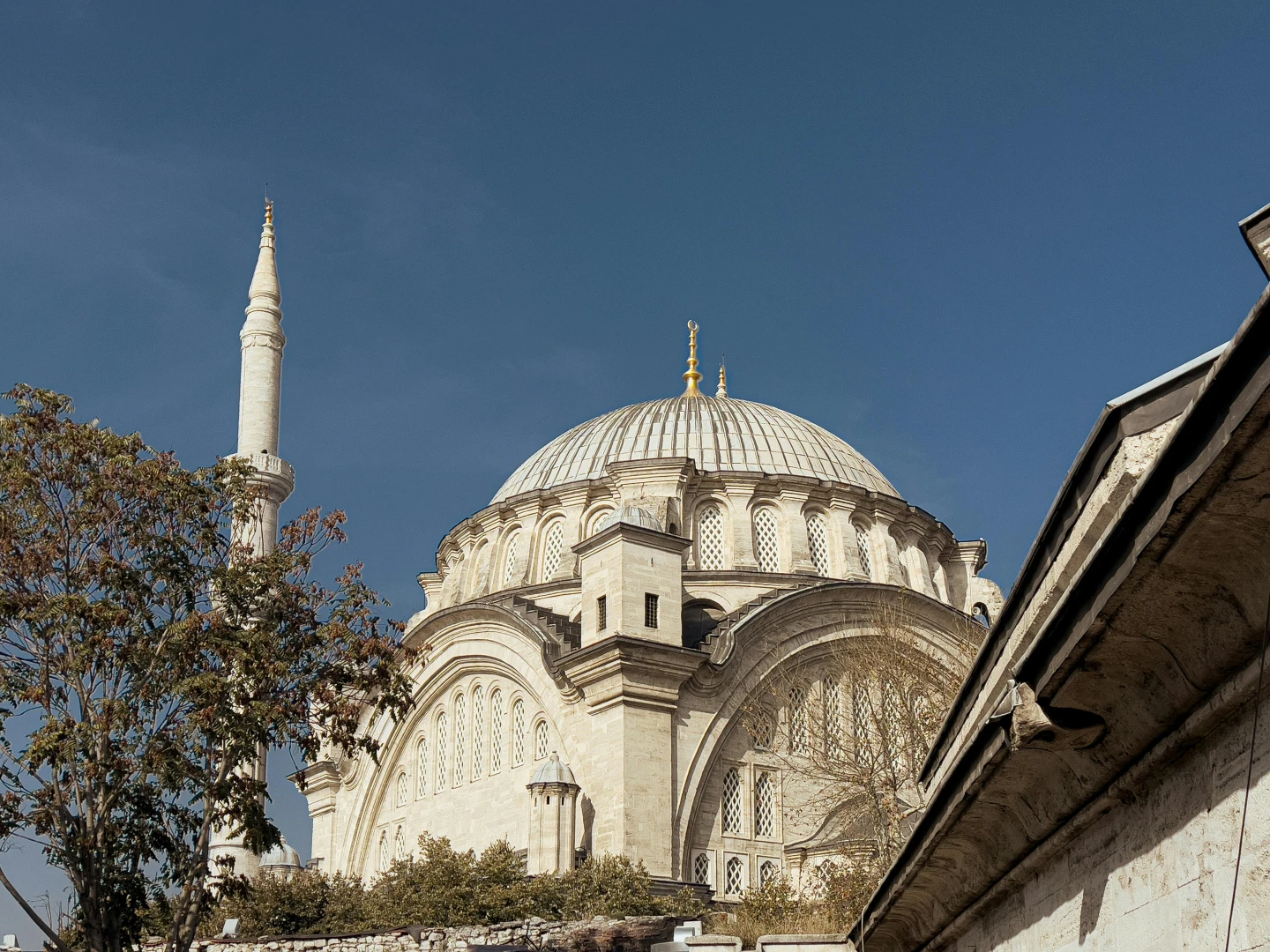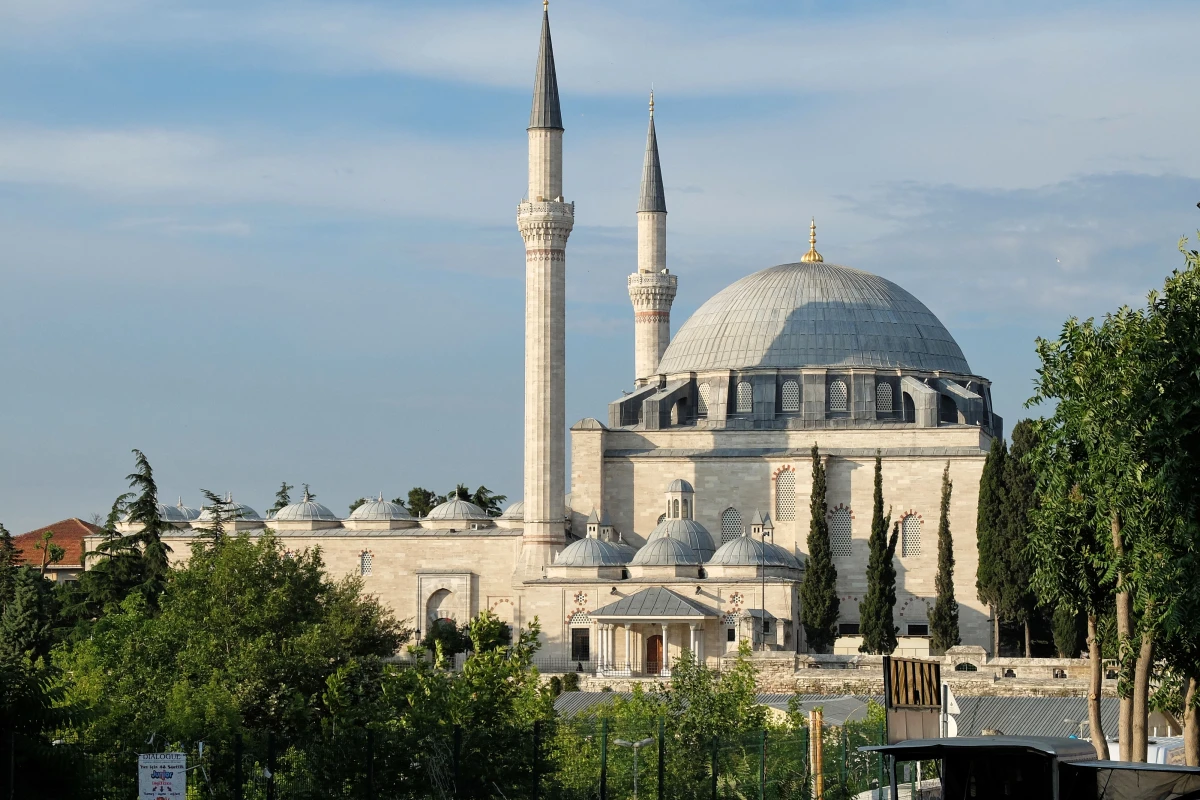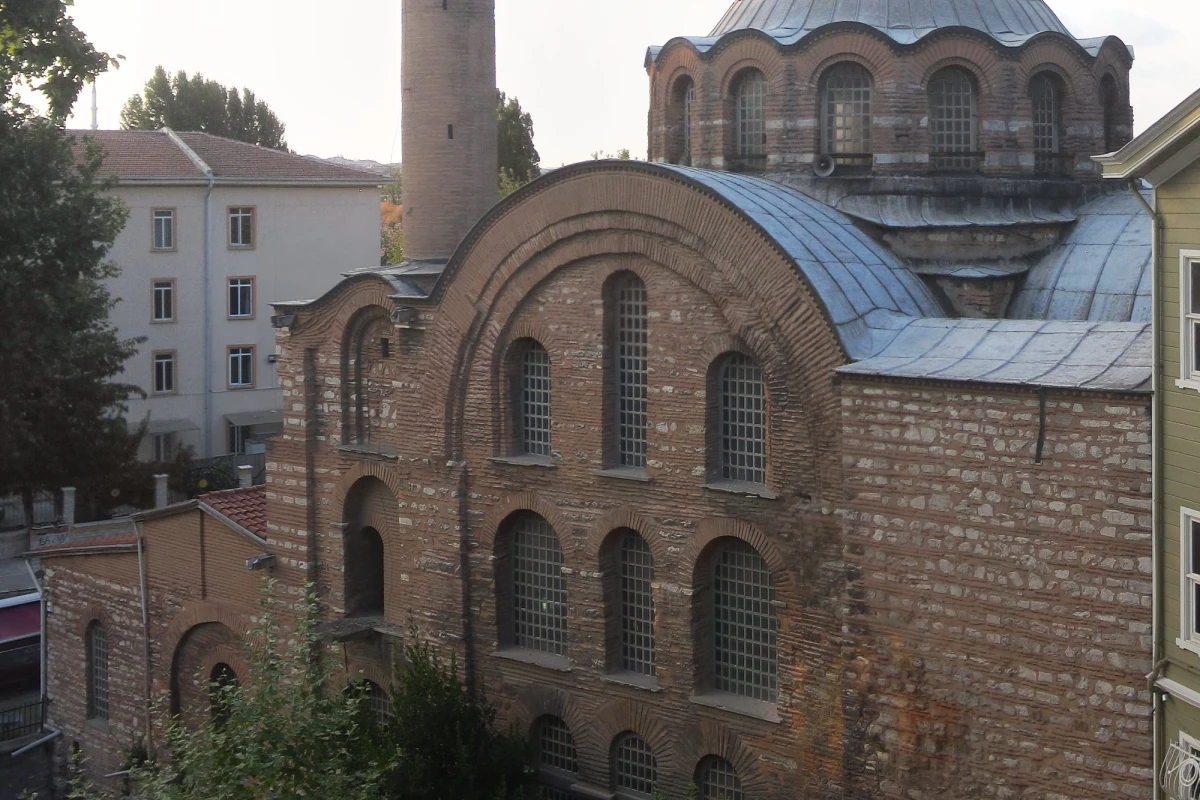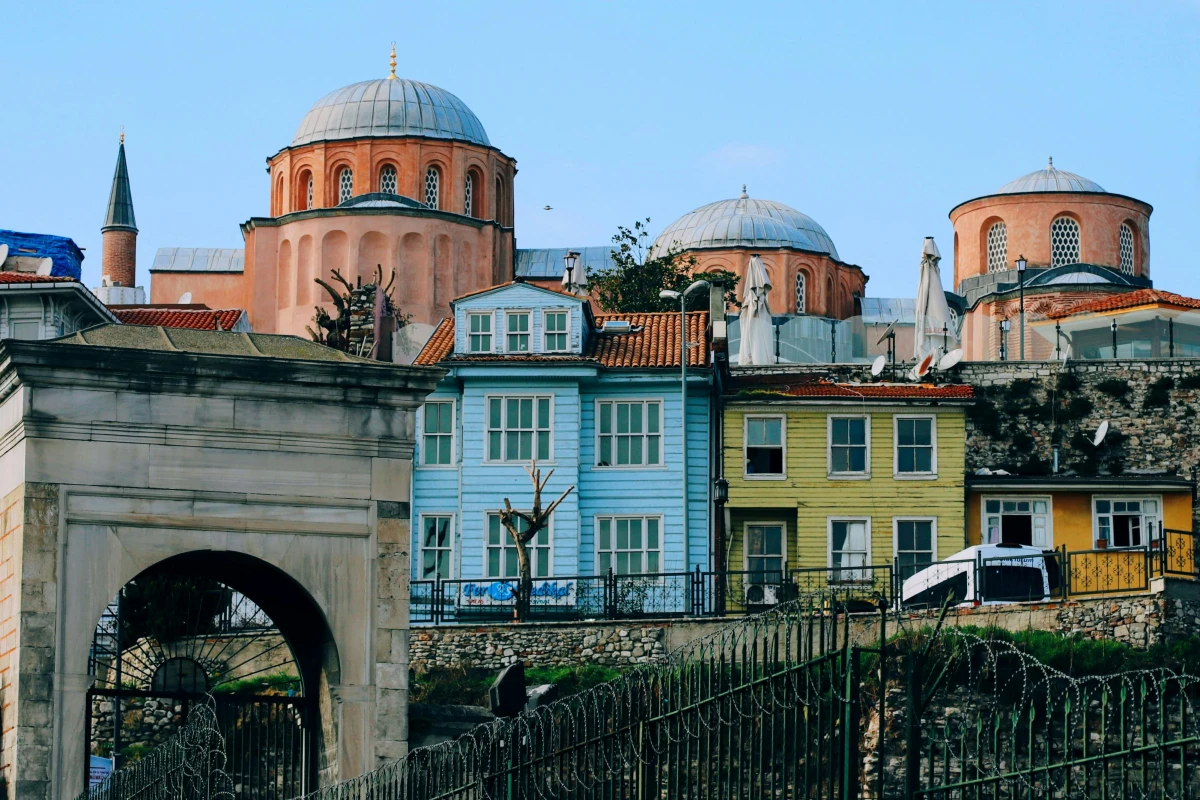Nuruosmaniye Mosque: Where Baroque Beauty Meets Ottoman Grandeur
Right next to the Grand Bazaar, hidden in plain sight amid the city’s vibrant chaos, rises one of Istanbul’s most underrated architectural treasures — the Nuruosmaniye Mosque. It’s not just another stop on your sightseeing list. It’s a revelation, especially if you thought you’d seen all that Ottoman architecture has to offer.
This mosque will surprise you — not just with its elegance and light, but with its unexpected European flair.
✨ A Mosque That Changed the Rules
The Nuruosmaniye Mosque was commissioned in 1748 by Sultan Mahmud I and completed in 1755 under Sultan Osman III. The name means "Light of Osman" – and it truly lives up to it.
With 174 windows spread throughout the dome, walls, and galleries, light doesn’t just enter — it floods the space. When you step inside, you'll immediately understand why this mosque is considered the first major example of Ottoman Baroque architecture.
It’s a breakaway from tradition, mixing Ottoman aesthetics with European Baroque influences. This stylistic shift marked a new chapter in Istanbul's architectural history.
🏛️ What Makes It Unique?
Architectural Highlights:
-
The Dome: Measuring 25.4 meters in diameter and rising to 43.5 meters, it’s one of the largest domes in the city. The interior features the famous Verse of Light from the Quran, reinforcing the mosque's symbolic theme.
-
The Courtyard: It’s horseshoe-shaped, a rarity among Ottoman mosques, which typically favor rectangular forms.
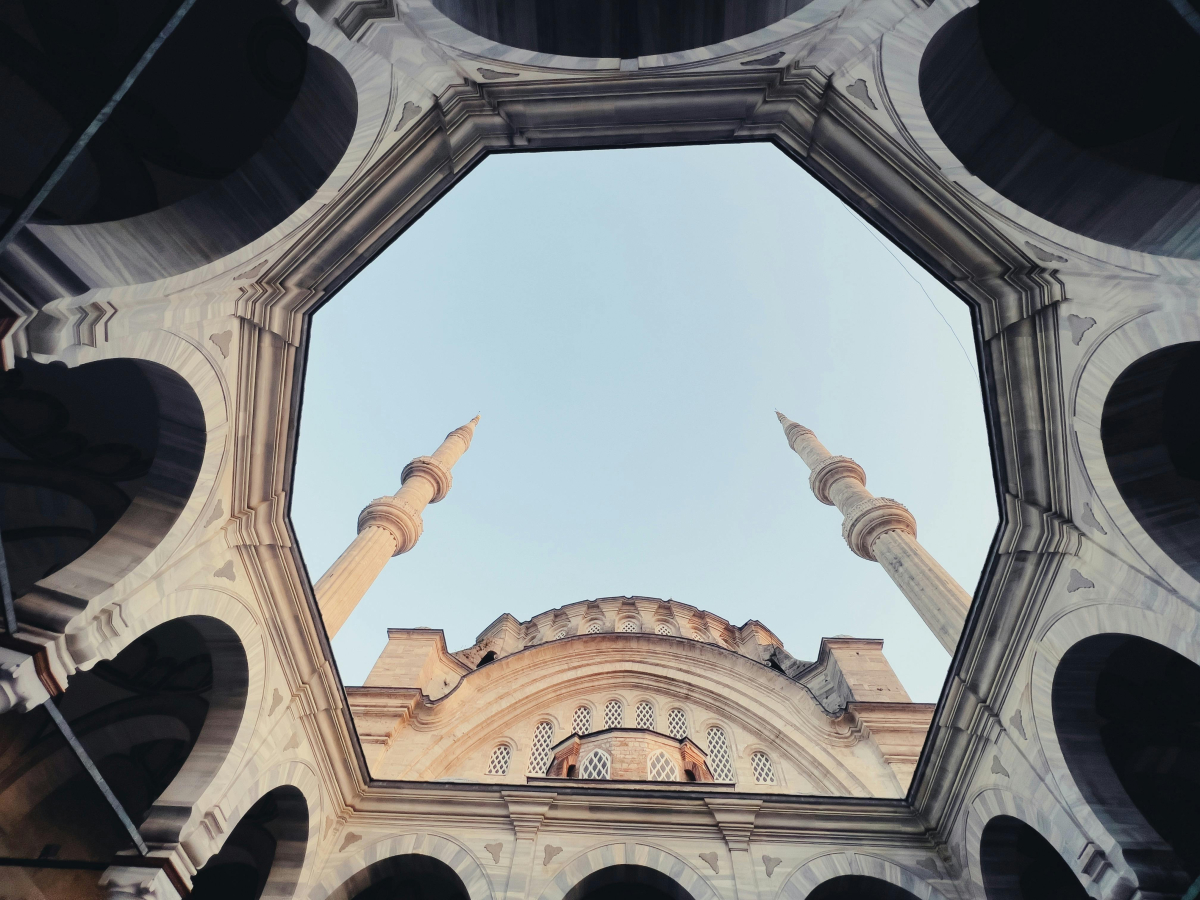 Courtyard of Nuruosmaniye Mosque
Courtyard of Nuruosmaniye Mosque
-
Baroque Detailing: Instead of sharp corners and strict lines, you’ll see curves, swirls, and a European softness that contrasts beautifully with the mosque’s Ottoman foundation.
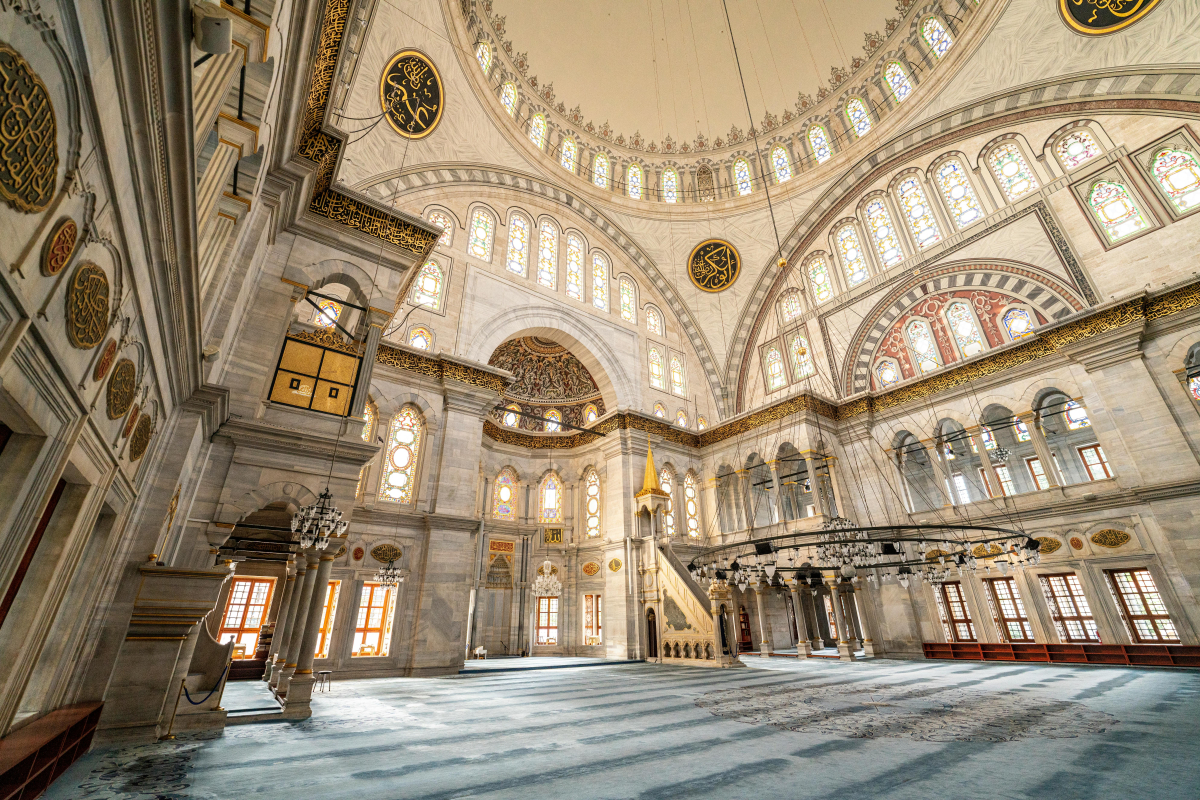 Baroque Interior of Nuruosmaniye Mosque
Baroque Interior of Nuruosmaniye Mosque
Designed by Simeon Kalfa, a non-Muslim architect of Greek origin, the mosque represents a fascinating cultural collaboration — a fact that often impresses visitors once they learn it. It's also worth noting that Simeon Kalfa was the first non-Muslim architect to be in charge of a grand imperial mosque in the history of the Ottoman empire.
📚 A Center of Knowledge and Community
Nuruosmaniye is not just a mosque — it’s a külliye (complex), meaning it includes a collection of buildings that served the public.
🕌 What's in the Complex?
-
Madrasa (Islamic school)
- Hünkar Kasrı (Sultan's private place to join the prayers and accept visitors)
-
Imaret (public soup kitchen)
-
Fountain for ablutions
-
And most impressively, a Library that once held 5,000+ books
The library alone is a testament to the Ottoman value of learning and literacy, designed with natural light in mind to protect delicate manuscripts before electricity.
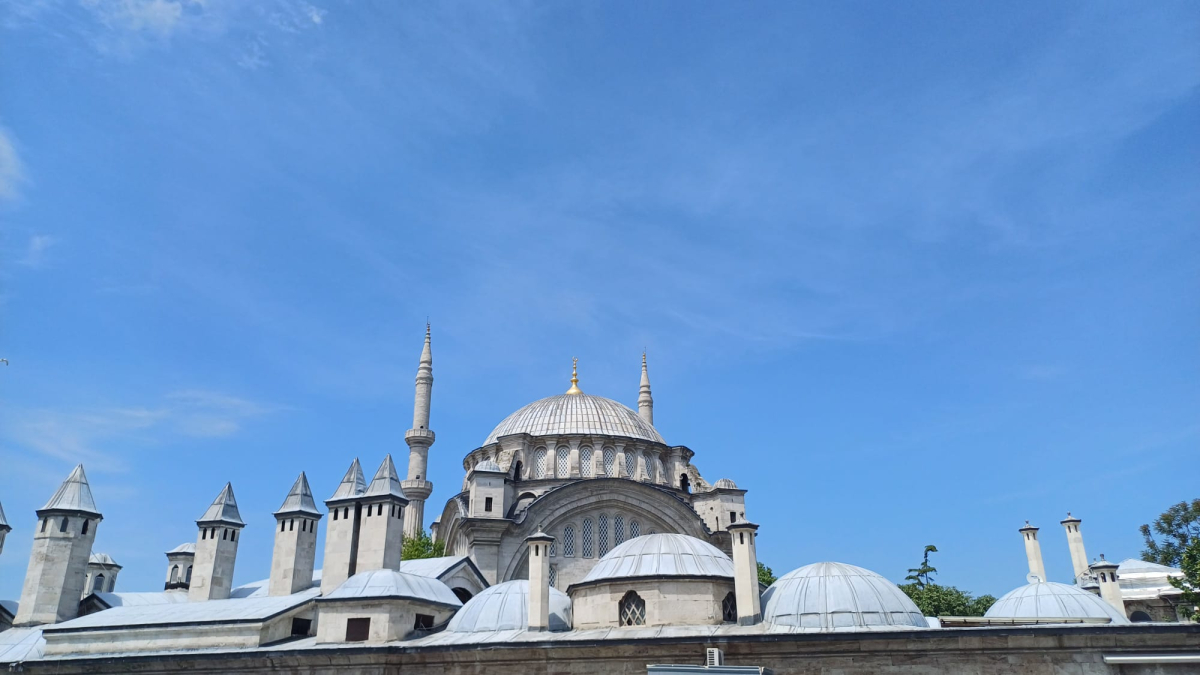 Nuruosmaniye Mosque with Soup Kitchen on Foreground
Nuruosmaniye Mosque with Soup Kitchen on Foreground
💧 Hidden Beneath: The Underground Surprise
During recent restorations, an astonishing discovery added even more wonder to this mosque: a 2,242 square meter cistern hidden underneath.
Yes — just like the Basilica Cistern, there's an underground water system here too! Most tourists don’t know this, but it shows how the Ottomans planned for utility as much as beauty.
📍 Plan Your Visit
📍 Location: Right by the Çemberlitaş tram stop (T1 line), just beside the Grand Bazaar’s Nuruosmaniye Gate. It's about a 5-minute walk from Sultanahmet Square.
🕒 Opening Hours: Daily from 09:00 to 18:00. Entry is free, but closed during prayer times.
👚 Dress Code: As with all mosques:
-
Women should bring a headscarf (some are provided at the door)
-
Wear modest clothing that covers shoulders and knees
-
Remove your shoes before entering (plastic bags provided)
📸 Photography is allowed, but avoid flash. Be mindful during prayers.
🍽️ What to Do Nearby
You're in one of Istanbul’s most exciting neighborhoods. Here’s what you can explore right after your visit:
🛍️ Grand Bazaar: Just steps away, this maze of over 4,000 shops offers everything from jewelry to spices. Enter through the Nuruosmaniye Gate, the most elegant entrance.
🍲 Local Eats:
-
Dönerci Şahin Usta: Legendary for a reason — grab a döner sandwich with crunchy bread just outside the bazaar.
-
Çemberlitaş Köftecisi: Traditional köfte (meatballs) since 1930s.
🛁 Çemberlitaş Hamamı: Across the street, this 16th-century Turkish bath was designed by Mimar Sinan himself. Perfect way to end your day.
💡 Local Tips
🔹 Visit in the morning for the best light and fewest crowds.
🔹 Look up — not just at the dome, but also at the calligraphy panels, each carefully balanced within the architecture.
🔹 Don’t miss the marble mihrab (prayer niche) — its Baroque curves are rare in Islamic architecture.
🔹 Ask about the hidden cistern — sometimes guides on site will offer to explain more if you show interest.
Final Thoughts
Nuruosmaniye Mosque is not just a beautiful building — it’s a milestone in Istanbul’s architectural story. It tells us how the Ottoman Empire embraced change while honoring tradition. It’s a place where you feel both grandeur and intimacy, surrounded by light, history, and silence — just steps away from the Grand Bazaar’s noise.
If you're looking for something different — something that makes you say “wow, I didn’t expect this” — this is the mosque to visit.


